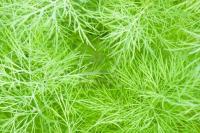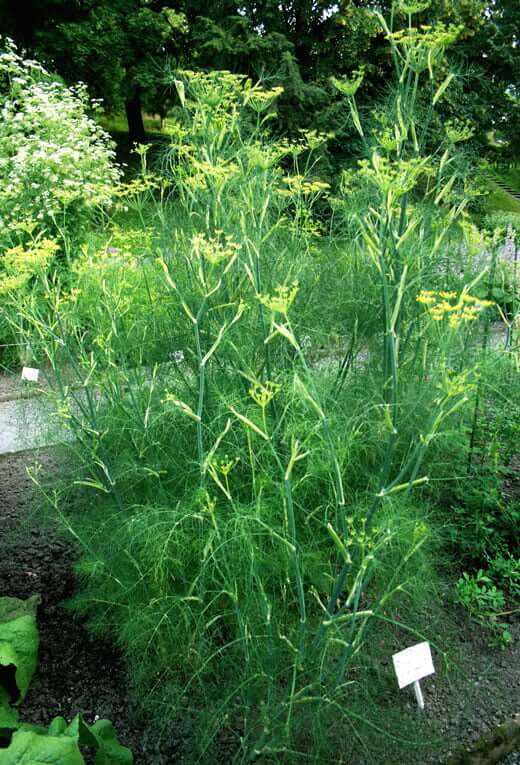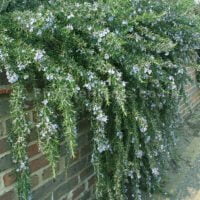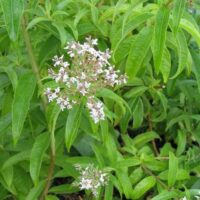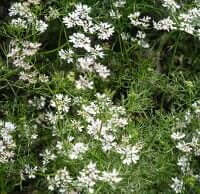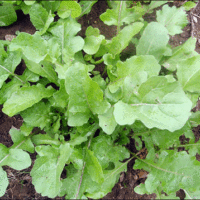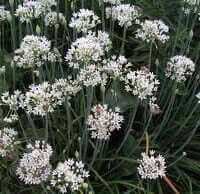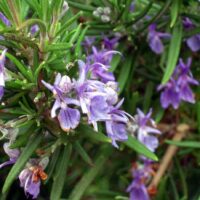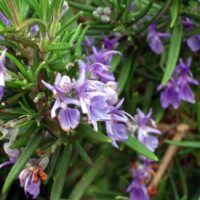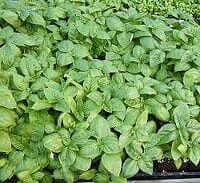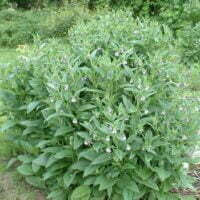| Botanical name | Foeniculum vulgare |
|---|---|
| Plant Care |  Full Sun Full Sun – Prefers 6 or more hours of sun per day.  Shade Shade – Prefers Low Light Levels.  Frost Sensitive Frost Sensitive – Will Get Damaged and Possibly Killed During Periods of Frost.  Moderate Watering Moderate Watering – Requires Regular Watering.  Non Indigenous Non Indigenous – Exotic to South Africa. |
| Size | |
| Categories | |
| Flowers | The plant has small, yellow flowers similar to dill. |
| Common name(s) | Fennel (common) |
| Origin | |
| Foliage | A perennial herb with fine, feathery leaves, usually grown as an annual. |
| Planting instructions | Fennel propagates by seed only. Sow the seed in trays or directly at any time of the year except in the coldest months, plant directly 1m apart. Keep the plants moist until they are well established. Fennel needs full sun, deeply dug and richly composted soil. |
| Maintenance | Fennel is hardy, easy to cultivate and it takes the heat, the cold and the drought. |
| Soil conditions | It likes well-drained soil. |
| Uses | The stem is used in cooking and can be eaten like celery. The seeds are used as a condiment and the leaves used for flavouring because of their anise-like flavour. |
| Wildlife attractions | Bees and butterflies love Fennel, which helps with pollination in the garden. |
| Interesting planting ideas | Fennel is a strong herb and should not be planted near dill, tomatoes, beans, kohlrabi, caraway or coriander. |
| Interesting info | Foeniculum vulgare is mainly used as a flavouring. The entire fennel plant is edible. |
| Propagation | Propagate by seed directly or in trays and can be transplanted easily while still small. Plant the seedlings 600 mm apart and keep them moist for a few weeks until they are well established. |
| Harvest | Pick leaves and stems when required. The bulb-like stem will be ready about 12 weeks after sowing. |
| Seed sowing instructions | Sow seeds directly or in trays. |
Foeniculum vulgare (Fennel (common))
- Botanical name: Foeniculum vulgare
- Common name(s): Fennel (common)
- Categories: Herbs
Plant description:
A perennial herb with fine, feathery leaves, usually grown as an annual
Family: Apiaceae
Botanical Pronunciation: fee-NIK-yoo-lum vul-GARE-ee
Foeniculum vulgare requirements and features
info on these icons
Moderate Maintenance
Requires moderate maintenance.
Prohibited Use Notice: No Data Scraping Allowed Except for Search Engine Indexing:
The content provided on PlantInfo.co.za is intended for personal, non-commercial use only. Unauthorized extraction, reproduction, or use of the data, including scraping, for any purpose other than search engine indexing is strictly prohibited. Violations of these terms may result in legal action. By accessing and using this website, you agree to comply with these conditions and acknowledge the legal restrictions on the use of our content.
The plant has small, yellow flowers similar to dill.
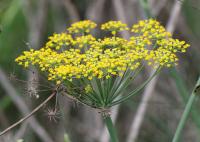
A perennial herb with fine, feathery leaves, usually grown as an annual.
